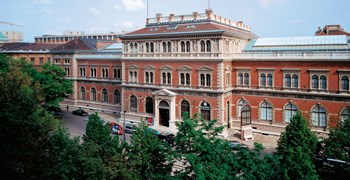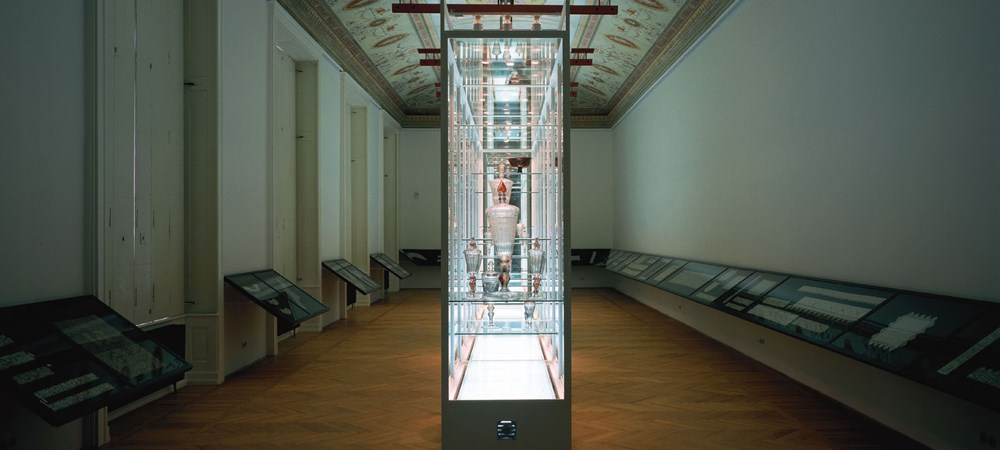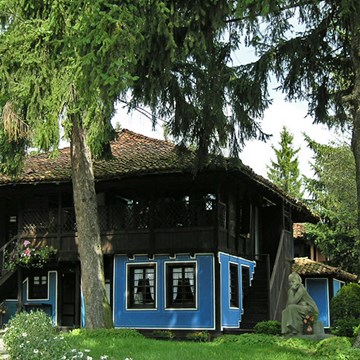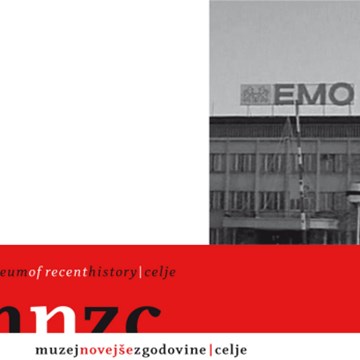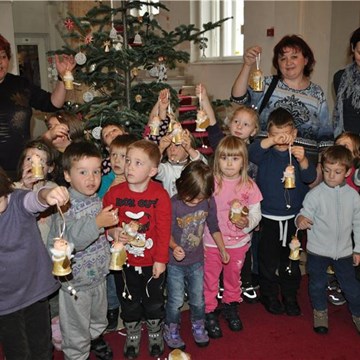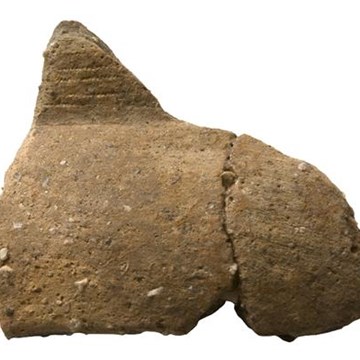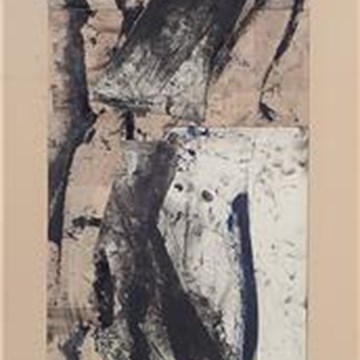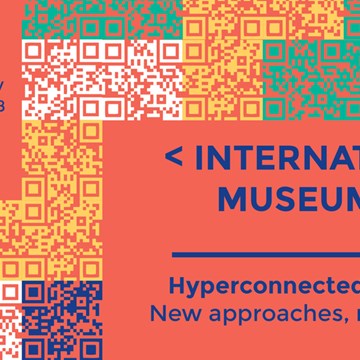Renaissance - Baroque - Rococo Collection
The MAK's collection of lace, and its holdings of glassware—especially Venetian glass—are considered among the finest and most varied in the world. Even in the Baroque period, Venetian glasswork was particularly treasured, and both men and women spent vast sums on the sumptuous lace decoration that fashion demanded.
While glass-making is one of the oldest handicraft techniques in the world, the history of lace-making only begins in the late Renaissance period, probably in Italy. A distinction is made between needlepoint lace and bobbin lace, but combinations of the two techniques are often seen. Florence, and later Venice and Milan, were the centers of Italian lace-making in the sixteenth and seventeenth centuries, before lace-making in France and Flanders began during the eighteenth century. Venice was the center of European glass-making from the Middle Ages onwards. Around 1500, Venetian glass-makers succeeded in producing clear, colorless glass. Glassblowing spread from Venice across the whole of Europe. In the north, centering on Bohemia and Silesia, there was a preference for harder glass that could be decorated with relief or intaglio engraving, or glass decorated with enamel, Schwarzlot ("black solder"), or gold. This presentation of glasswork and lacework is not based only on art-historical criteria, but also on the visual effects of the materials—their "transparency", material delicacy, and the virtuosity of the craftsmanship involved in their production—which may today be the aspect of them that arouses the greatest admiration.
Angela Völker (curator of the MAK Textiles and Carpets Collection during the phase of the reinstallation of the MAK Permanent Collection in the early 1990s)
Exhibitions and events
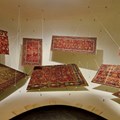
Carpets Collection
Permanent exhibitionFor the MAK’s 150th anniversary, designer Michael Embacher has given the Permanent Collection Carpets a new spatial concept that integrates an artistic intervention by Turkish artist...
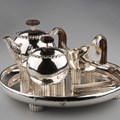
Vienna 1900
Permanent exhibitionVibrant and manifold: VIENNA 1900 in a new light The fascinatingly complex cultural epoch denoted by the term “Vienna 1900” has long been the stuff of legend. And the equally...
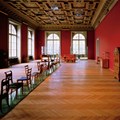
Empire Style - Biedermeier Permanent Collection
Permanent exhibitionA heterogeneous mass of consumers arose during the first half of the nineteenth century, something never previously seen in Austrian cultural history. With the effects of the Industrial Revolution...
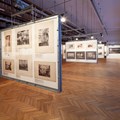
Works on Paper
Permanent exhibitionFrom Dürer to Sagmeister Every year, the MAK Library and Works on Paper Collection curates exhibitions based on its own holdings. In the context of this focus on the library’s various...
Activities from this museum

MAK Design Kids
In two-hour workshops, the MAK Design Kids turn their attention to furniture,...
